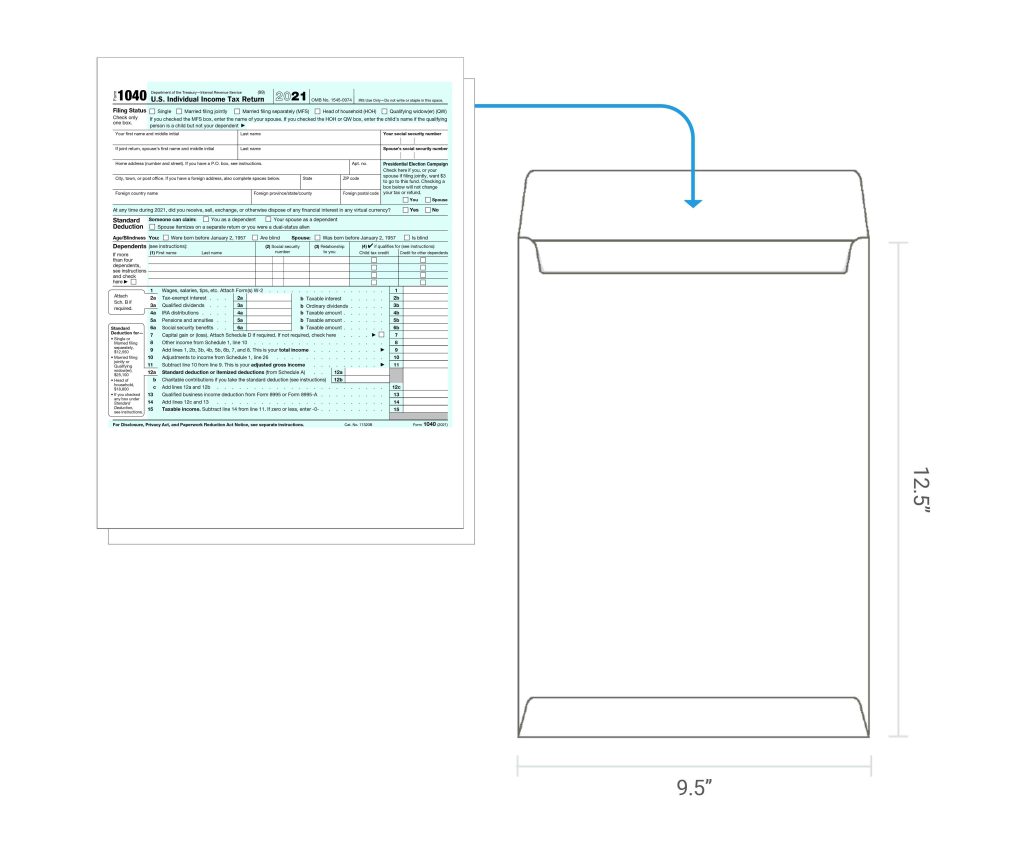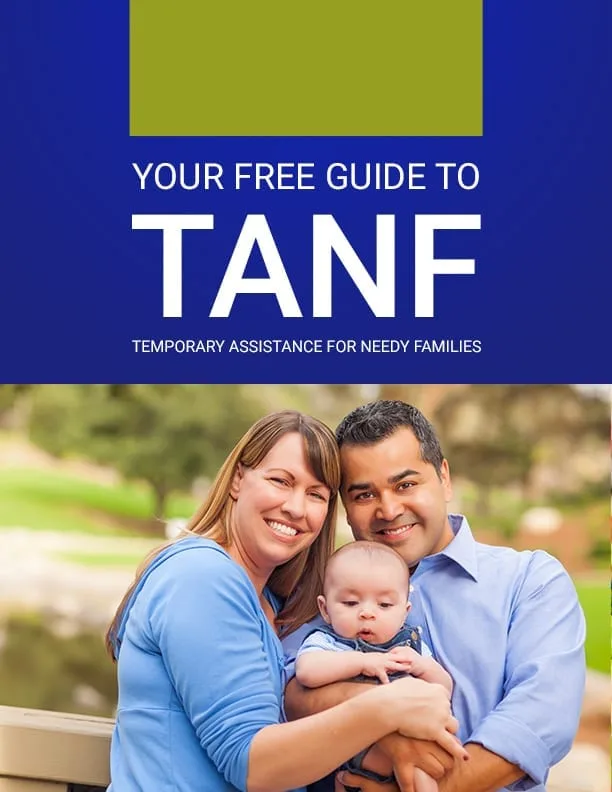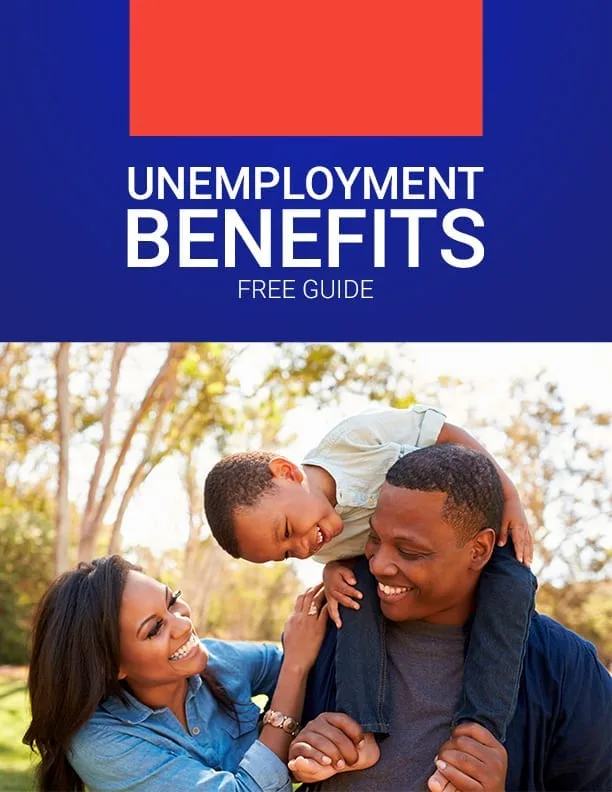Your Free Guide on How to Complete The 1040 Tax Form
Your Free Guide on Tips for Using the 1040 Tax Form
We are privately owned and not affiliated with the government in any way or form.

A Form 1040, U.S. Individual Income Tax Return, is the main document you use to file your personal annual taxes. The Internal Revenue Service (IRS) requires all residents of the United States who earn more than a certain amount, or claim a tax credit, to use a version of this form to report their income.
The four different types of Form 1040 include:
- Form 1040, which is the version that most of taxpayers utilize to report their income. The form is two pages and has 23 lines.
- Form 1040-SR, which is for taxpayers 65 years of age or older. This version is nearly identical to Form 1040 but has a larger font for easier reading and includes a chart for determining the taxpayer’s standard deduction.
- Form 1040-NR, which is for non-resident aliens and has more pages than Form 1040.
- Form 1040-X, which is for taxpayers who need to amend – or change – their previously filed Form 1040.
The forms determine your Adjusted Gross Income (AGI) by deducting allowable adjustments from your total income. The information you include on the form calculates the following:
- Your taxable income,
- The amount of taxes you are responsible for paying that year, and
- If you owe the government more than what you have already paid, or
- If the government owes you a refund.
Who Needs to File a Form 1040
The IRS requires almost all U.S. residents to file a Form 1040. Even if the government does not require you to file, you may need or want to file a Form 1040 if you received or requested a tax credit. For instance, the government may not know that it owes you an advance tax credit if you do not typically submit a tax return.
Also, you may need to file if you received unearned income of more than a certain amount, regardless of the amount of earned income. For example, you may need to complete a Form 1040 if you earned at least $5 and your spouse files a separate return with itemized deductions.
However, you may not need to file in 2024 if:
- Your income is less than:
- $13,850 and you are Single and younger than 65 years of age
- $15,700 and you are Single and older than 65 years of age
- $20,800 and you are Head of household and younger than 65 years of age
- $22,650 and you are Head of household and older than 65 years of age
- $27,700 and you are Married, filing jointly and both spouses are younger than 65 years of age
- $29,200 and you are Married, filing jointly and one spouse is older than 65 years of age
- $30,700 and you are Married, filing jointly and both spouses are older than 65 years of age
- $5 and you are Married, filing separately (any age)
- $27,700 and you are a Qualifying widow or widower younger than 65 years of age
- $29,200 and you are a Qualifying widow or widower older than 65 years of age
- Your only form of income is Social Security benefits, in most cases.
How to Get a Form 1040
Unlike other tax forms, neither your employer nor the government will automatically send you a 1040. You can download the appropriate tax document from the IRS website or request a printed form (as well as instructions) from local libraries, IRS Taxpayer Assistance Centers, and by calling the IRS directly at 1 (800) 829-3676.
Alternatively, you can complete a Form 1040 electronically. Many IRS-approved tax compliance software and tax professionals allow you to file electronically, and you may be able to file for free if your income is less than a certain amount. For tax year 2023, the IRS Free File is an option if your AGI is less than $79,000.
Form 1040 is available in different formats, such as in Braille, Spanish, Russian, Vietnamese, Korean, and simplified and traditional Chinese.
Sections of a Form 1040
The first section of Form 1040 requests basic information about you. This information includes your address, Social Security number, filing status (single, head of household, married filing separately, married filing jointly, or widowed), and if someone can claim you as a dependent.
For deduction purposes, the Form 1040 needs to know if you (or your spouse) were born before a specific date or are blind. It will also collect details about your spouse and any dependents, if applicable, including names and Social Security numbers.
The rest of the first page (Lines 1 to 15) requires you to disclose your earnings and deductions to determine your taxable income. Each line refers to a different type of income, so you can leave a line blank if it does not apply to you.
You should add all of your wages, tips, and earnings on Line 1, such as the amounts listed on your:
- Form W-2 if you are an employee.
- Form 1099 if you are an independent contractor.
Lines 2a and 2b are for tax-exempt and taxable interest amounts, and Line 3a and 3b are for qualified and ordinary dividends. If you received $1,500 or more on either line, you will need to attach Schedule B to your Form 1040 (see below for more details). For example, your bank may send you a Form 1099 if it paid you interest for money in a savings account.
Lines 4a and 4b are for distributions you made from a traditional individual retirement account (IRA). Line 4a is where you write all your income from IRAs, and line 4b is for your taxable IRA income. Generally, you do not need to pay income tax on Roth IRA distributions, except in cases of certain early withdrawals.
Lines 5a and 5b are for income from pensions and annuities. Line 5a is where you write your total income from these sources, and line 5b only covers the taxable portion.
Lines 6a and 6b are for income from Social Security benefits. Line 6a a is for the total amount, and Line 6b is for the taxable amount. You must include any Railroad Retirement Board benefits on these lines as well.
Line 7 is for your capital gains or losses from the past year. You will likely need to attach Schedule D to your 1040 if you received either Form 1099-B or 1099-S. Some common reasons to have capital gains include selling your home, stocks, and mutual funds.
Line 8 is for any other income you had during the year (everything not included in the previous lines). Other sources of income can include alimony payments. You might need to attach Schedule 1 or C if you have other sources of income.
Line 9 is your total income – or gross income – from adding the values of Lines 1 through 8.
Line 10 is for any applicable income adjustments, such as certain eligible expenses you sustained, including educator expenses, health savings account deductions, student loan interest deductions, and other adjustments under Part 2 of Schedule 1.
Line 11 requires you to subtract Line 10 from Line 9 to find your AGI.
Line 12a asks you to write either the amount of your standard deduction or itemized deductions. The standard deduction is listed to the left of this line, although the standard deduction is higher if you are at least 65 years of age or blind. Complete Schedule A to find the total value of your itemized deductions.
Line 12b is for the charitable contribution deduction if you claim the standard deduction, up to $300 (or $600 for married individuals filing jointly).
Line 12c is the total of 12a and 12b.
Line 13 is for a qualified business income (QBI) deduction. You will need to attach either Form 8995 or Form 8995-A to take the QBI deduction.
Line 14 is the sum of Line 12c and Line 13 for the total value of your deductions from the previous three lines.
Line 15 is your taxable income, which is Line 11 minus Line 14. Write zero on this line if your taxable income is zero or less.
Lines 16 through 24
Lines 16 through 24 calculate your total tax — the amount of tax you owed for the year before factoring in certain tax credits.
Line 16 has three boxes that you should mark if you had certain types of income not included earlier. Check box:
- 1 if you claim a child’s income, interest, or dividends as your own. You will need to complete and attach Form 8814.
- 2 if you received a lump-sum distribution from an IRA, pension plan, or tax-advantaged account. You will need to complete and attach Form 4972.
- 3 if you received certain other types of income, like any excess advance payments from education credits or the health coverage tax credit (HCTC).
Line 17 is for the value from Schedule 2 line 3, which you should have completed if you owe any alternative minimum tax (AMT) or received excess advance premium tax credit (APTC) repayment.
Line 18 is the sum of Lines 16 and 17 and shows certain additional taxes you may owe for the year.
Line 19 is for claiming any nonrefundable child tax credit or credit for other dependents. You will need to complete and attach Form 8862.
Line 20 would be the amount on Schedule 3, line 8 if you used that form.
Line 21 is the sum of Lines 19 and 20.
Line 22 instructs you to subtract Line 21 from Line 18.
Line 23 is for other additional taxes you paid, like self-employment tax, as written on Schedule 2, Line 21.
Line 24 is your total tax after you add Lines 22 and 23. This is your tax responsibility for the year before factoring in the amount you already paid or other tax credits.
Lines 25a through 25c are the amounts of income tax that have already been withheld from your pay.
- Line 25a is for tax withheld and reported on a W-2.
- Line 25b is any income withheld according to your 1099 forms.
- Line 25c is for any other tax forms that say income tax was withheld.
Line 25d is the sum of the three previous lines.
Line 26 is for the total of any estimated tax payments you made for the tax year and any tax payments you made in the previous tax year that carry over to this return’s tax year.
Line 27a is the value of your earned income credit (EIC) if you qualify. You will need to attach Schedule EIC.
Lines 27b and 27c are for any nontaxable combat pay election and your prior year’s earned income, which may help determine the value of tax credits expanded during that year.
Line 28 is for filers who qualify for a refundable child tax credit or additional child tax credit from Schedule 8812, which you will need to attach.
Line 29 is for the value of your American opportunity tax credit (AOTC) if you qualify. Use Form 8863 to calculate your AOTC value.
Line 30 is where you can claim the recovery rebate credit (RRC), which may apply if you did not receive the full value of your stimulus checks. You do not qualify for the recovery rebate credit if you have already received the full benefit amount.
Line 31 is the amount from Line 15 of Schedule 3.
Line 32 is the sum of Lines 27a and 28 through 31, which is the total value of your refundable tax credits plus certain tax payments you already made.
Line 33 is your total tax payments for the year by adding the values on Lines 25d, 26, and 32.
Line 34 may be the amount you overpaid if the sum on Line 33 is more than Line 24. To calculate your refund amount, subtract Line 24 from Line 33. If Line 33 is less than Line 24, you may owe taxes and should skip to Line 37.
Line 35a tells the IRS the amount you would like refunded from Line 34. You may choose no more than the entire amount, and you can choose to receive less if you would like to put all or a portion toward your future tax responsibility.
Lines 35b through 35d inform the IRS of how you would like to receive your tax refund. You can receive your tax refund via direct deposit by completing these lines with your account information. If you leave these lines blank, the IRS will mail you a paper check.
Line 36 can be the difference between Line 34 and Line 35a. If you decide to receive less than you are owed, the remaining amount can go toward your future tax responsibility.
Line 37 may be the amount you still owe if Line 33 is less than Line 24. To calculate the amount you owe, subtract Line 33 from Line 24. The IRS offers several options to pay your taxes, including online, by phone, and by mail.
Line 38 is any tax penalty you owe for not paying enough by specific due dates.
You must sign your Form 1040 before submitting it to the IRS. If you filed jointly with your spouse, they must also sign the document. Likewise, an accountant or other paid preparer who completed your taxes on your behalf must sign and fill in the bottom portion.

Tips on Using Form 1040 to File Your Federal Tax Return
The government offers a standard deduction, which is a specific dollar amount that depends on factors like filing status (single, head of household, married filing separately, married filing jointly, or widowed), age, disability, dependents, and disasters.
Or, taxpayers can itemize qualified deductions. Itemized deductions vary by taxpayer but can include the following:
- Out-of-pocket medical and dental expenses
- Paid real estate taxes and mortgage interest
- Uninsured casualties of theft, fires, floods, and other disasters
- Contributions to qualified charities
- Gambling losses
- Business and work-related expenses
- Moving expenses related to military service
- Student loan interest and educational expenses
Tax laws are subject to change at any time, so it is important to verify what the IRS considers a qualified deduction.
Taxpayers may need to include additional forms – known as schedules – depending on their reportable income type. Tax schedules are attachments (separate documents) to your Form 1040 when you have certain types of income or deductions. Generally, you use these schedules to show the calculated totals you report on your Form 1040.
- Schedule 1 is used for reporting additional income sources or adjustments to income, including alimony, business income, educator expenses, gains or losses from the sale of business property, health savings account contributions, prize or award money, student loan interest deduction, and unemployment compensation. Form 1040 references this schedule on lines 8 and 10.
- Schedule 2 is used for reporting additional taxes, such as repayment for excess advance premium tax credits for health insurance purchased through the health insurance marketplace, self-employment taxes, uncollected Social Security and Medicare tax, taxes on IRAs or other tax-favored accounts, household employment taxes, repayment of first-time home buyer credit, and net investment income tax. Form 1040 references this schedule on line 17.
- Schedule 3 is for reporting additional credits and payments, such as refundable credits for foreign taxes, child and dependent care expenses, education, retirement savings contributions, and residential energy as well as nonrefundable credits. Form 1040 references this schedule on lines 20 and 31.
- Schedule A is used if you elect to itemize your deductions instead of taking the standard amount. Itemized deductions can include medical and dental expenses, mortgage interest, state and local taxes, charitable donations, and casualty and theft losses. Form 1040 references this schedule on line 12a.
- Schedule B is used to report interest and ordinary dividend income that is more than $1,500. If you have interest and dividend income less than that amount, you will enter it directly on Form 1040, Lines 2 and 3. Form 1040 references this schedule on lines 2a and 3a.
- Schedule C is for reporting profit or loss from business if you are an independent contractor, freelancer, sole proprietorship, or have a single-member LLC.
- Schedule D is used for reporting capital gains or losses from investments. Form 1040 references this schedule on line 7.
- Schedule E is used for reporting supplemental income and losses from rental real estate, royalties, partnerships, S corporations, estates, trusts, residual interest in real estate mortgage investment conduits, or other pass-through entities.
- Schedule EIC is used for claiming earned income credit for qualifying children. Form 1040 references this schedule on line 27a.
- Schedule F reports income and expenses from farming.
- Schedule H reports household employment taxes for household workers, such as a nanny or caretaker.
- Schedule J reports your average income as a farmer or fisherman if you want to distribute your tax liability by averaging your three previous years’ worth of taxes.
- Schedule R is for claiming tax credit as a senior or disabled person.
- Schedule SE is used to calculate self-employment tax if you are a business owner or independent contractor who made a profit of at least $400.
Schedule 8812 is for claiming the Child Tax Credit and Credit for Other Dependents if the total child tax credit amount for all qualifying children in your household exceeds the amount of tax you owe for the year. Form 1040 references this schedule on lines 19 and 28.








